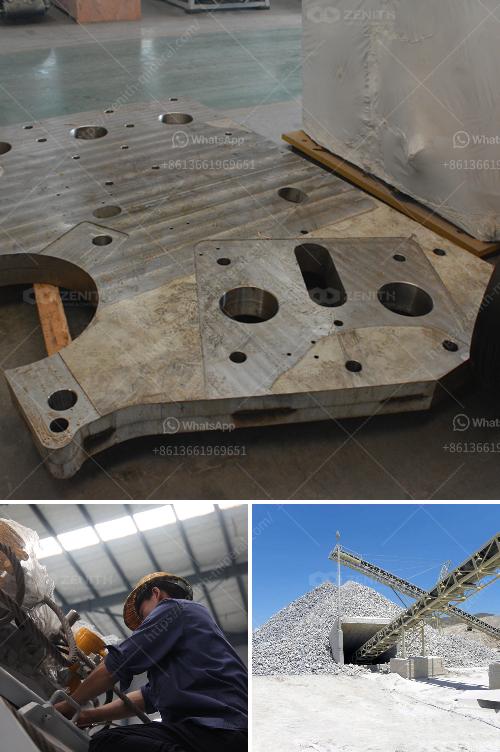Building a sand and gravel wash plant involves several steps and considerations. Here’s a general guide to help you get started:
1. Site Selection and Permits:
- Identify the Site: Choose a location that has an abundant supply of raw materials (sand and gravel) and is accessible for transportation.
- Environmental Analysis: Conduct necessary environmental assessments and impact studies.
- Obtain Permits: Secure all required permits and comply with local regulations and zoning laws.
2. Design the Layout:
- Plan the Plant Layout: Design an efficient flow layout that minimizes handling and maximizes space utilization.
- Include Key Components:
- Feed Hopper: Where raw materials are initially loaded.
- Conveyors: To transport materials between different stages.
- Washing Systems: Including sprayers, screens, and classifiers to clean the materials.
- Settling Ponds: For water treatment and sediment capture.
- Storage Bins: For finished product storage.
3. Choosing Equipment:
- Feeders and Conveyors: To move raw materials into the washing system.
- Screens and Classifiers: To separate and classify materials by size.
- Washing Equipment:
- Log Washers, Scrubbers, or Trommels: For washing away dirt and clay.
- Cyclones or Hydroclones: To further clean and separate fine particles.
- Water Recycling Systems: To manage and recycle the water used in the process, reducing environmental impact.
- Pumping Systems: To transport water throughout the plant.
4. Installation:
- Foundation Work: Prepare the area for heavy machinery with proper foundations and drainage systems.
- Assembly: Assemble the components according to manufacturer guidelines or with professional help.
- Electrical and Plumbing: Ensure that the plant has the necessary power and water supply connections installed.
5. Operational Setup:
- Training: Train staff on operating procedures and safety standards.
- Safety Measures: Implement safety protocols and install necessary safety equipment.
- Trial Runs: Conduct test runs to ensure all systems work efficiently and make necessary adjustments.
6. Maintenance and Monitoring:
- Regular Maintenance: Establish a maintenance schedule for all machinery to prevent breakdowns and prolong life.
- Monitoring Systems: Install monitoring devices to track the performance and health of the equipment.
7. Sustainability Practices:
- Water Treatment: Employ effective recycling and treatment systems to minimize water usage.
- Dust Control: Implement dust suppression techniques to reduce airborne particles.
- Waste Management: Handle and dispose of waste materials responsibly.
Conclusion:
Building a sand and gravel wash plant requires careful planning, design, and execution. Adhering to best practices and maintaining a focus on sustainability can help ensure efficient and environmentally friendly operations. If necessary, consult with industry experts or engineers to tailor the setup to specific site conditions and requirements.


